Barring the occasional fight over all the things teenagers occasionally fight about, one eighth grader at Francisco Middle School wouldn’t say their North Beach campus was filled with tension.
But during lunch one day in March, the school went on a brief lockdown as police rushed to the scene: Two sixth-graders had gotten into a fight over a video game in the school library, an altercation that resulted in a stabbing.
“It was very surprising and just kind of confusing all around,” said the eighth grader, whom The Standard is not naming to protect the minor’s privacy. “A lot of people still don’t know what happened. It’s just a very weird situation.”
Just three days earlier, on March 14, a 12-year-old was arrested for allegedly stabbing a teenager on a Muni bus, also near Francisco Middle.
The frequency of violent incidents involving youth extends beyond this one San Francisco school. Combined with a gun confiscated during a fight at a middle school and a series of brawls among several dozen youth (opens in new tab) at Stonestown Galleria that went viral that same week, these episodes have awakened the city to the youth crisis in its midst.
Teenage violence is hardly unique to San Francisco, of course. At a Santa Rosa high school, a March 1 conflict in an art class led to the fatal stabbing of a 16-year-old (opens in new tab). A high school freshman in Walnut Creek is facing charges of attempted murder for allegedly stabbing a 14-year-old girl in the throat (opens in new tab) on April 25.
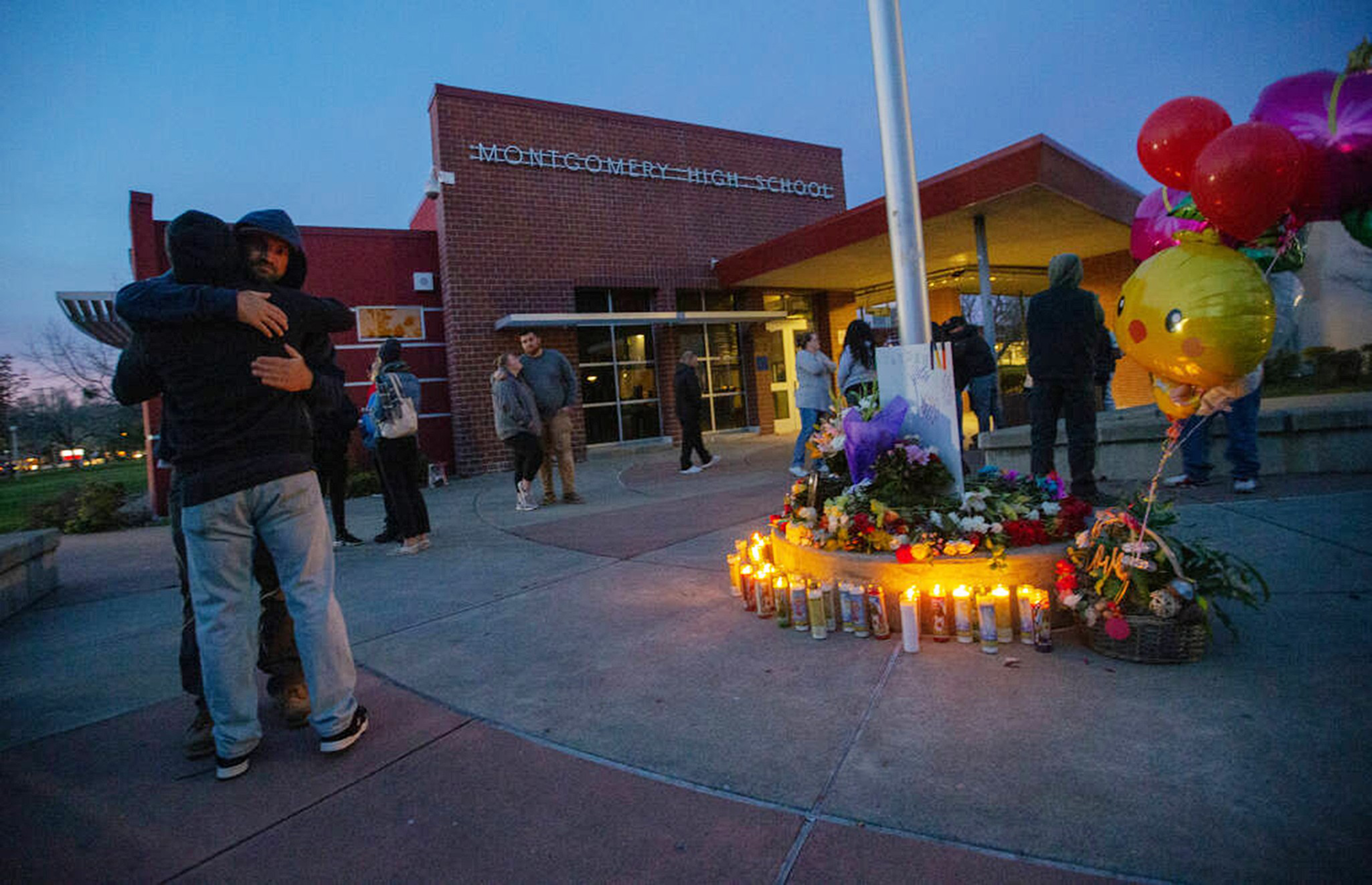
Between March 2022 and April 2023, there were about 100 student conflicts on or off San Francisco school campuses (opens in new tab). Whether this figure represents an increase over past years is unclear, but the SF Department of Children, Youth and Their Families considers it an uptick. Eleven of those involved adults—some of them family members—and 31 of those conflicts involved guns, including three cases of a gun on campus.
Youth violence isn’t confined to campus. In early January, a 15-year-old shot and killed Japantown security guard Gavin Boston, and last week, another 15-year-old was shot and killed in the nearby Western Addition.
But it’s the string of school-related incidents that has left officials clamoring for a citywide response, from more mental health resources in the wake of the pandemic to tapping youth violence intervention experts, along with reexamining the role of police and social media in exacerbating conflicts.
“This been happening,” Rudy Corpuz Jr., a San Francisco native and founder of violence prevention group United Playaz, told The Standard. “What kids are doing is crying out for help.”
Forces at Play
Those cries are getting noticed.
“We are seeing folks younger and younger who don’t have conflict-resolution skills and instead are resorting to violence,” Supervisor Myrna Melgar said at a Board of Supervisors’ Youth, Young Adult and Families Committee hearing at City Hall on April 27. “It became abundantly clear that many of our youth are in crisis. Moreover, these incidents left a chilling impact citywide.”
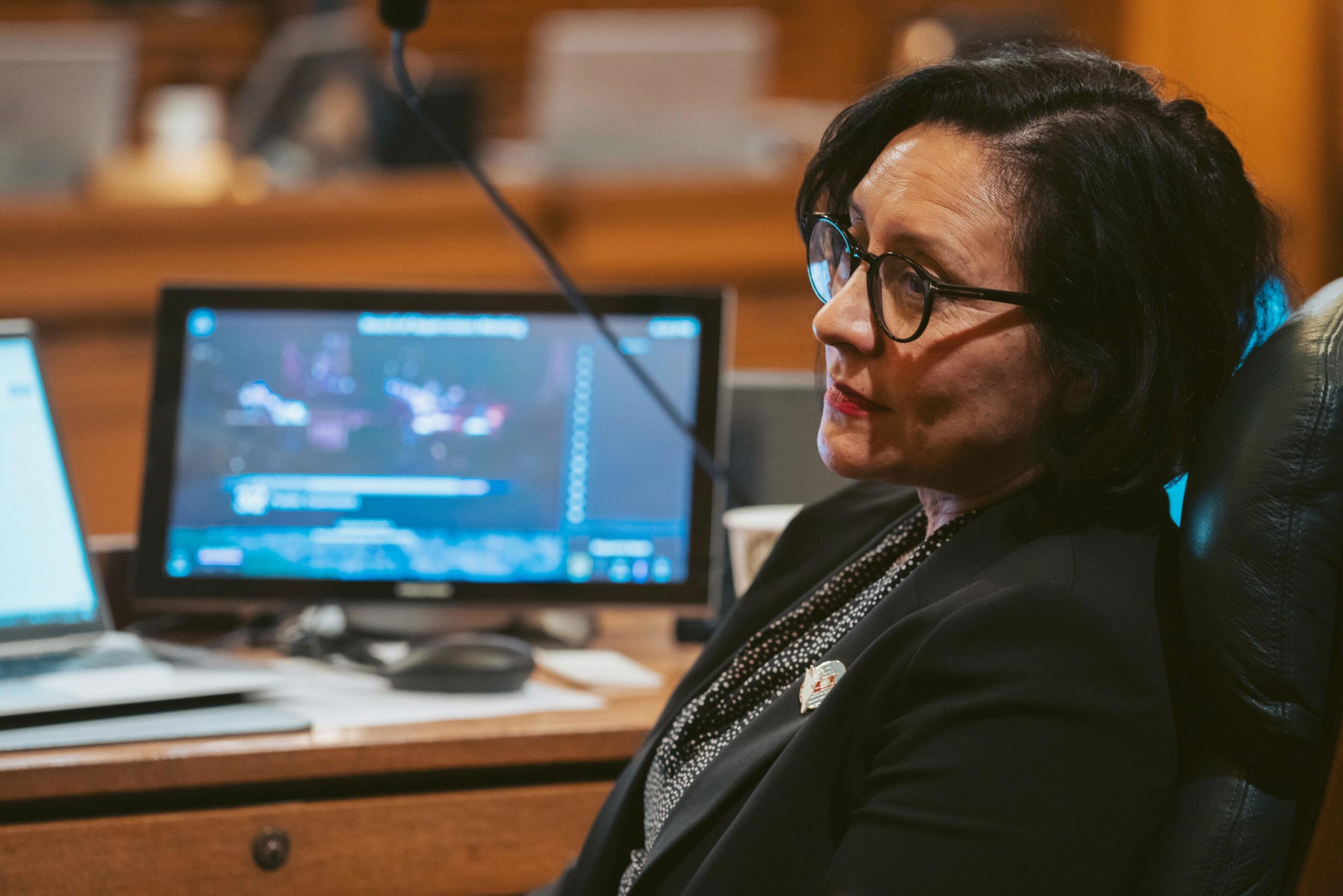
Also at that hearing, Maria Su, the children and youth department’s leader, called the data around youth violence alarming, particularly around access to guns.
For violence intervention experts, there are a few explanations for why even preteens are carrying weapons and reacting to conflicts with violence. Some kids must navigate neighborhood rivalries as they travel to campus.
“They feel like they need to have something to protect them,” said Cheeko Wells, a coordinator with the city’s San Francisco Street Violence Intervention Program, who grew up in the city. “So many kids are bullied. So many kids are afraid. There’s so many different layers and layers on these kids.”
This landscape is a setback from pre-Covid times. Between 2008 and 2018, violent crimes among youth ages 11 to 18 in San Francisco dropped dramatically by 64%, according to the Center on Juvenile and Criminal Justice (opens in new tab).
At the same time, Wells said, kids are quicker to fight over small issues, such as not liking someone’s hair or the way they dress. Weapons are easy for kids to get their hands on (opens in new tab), he and Corpuz Jr. noted.
There are other factors as well. A young person’s home environment, their exposure to someone who died in a violent manner or cycles of revenge can all play a role.
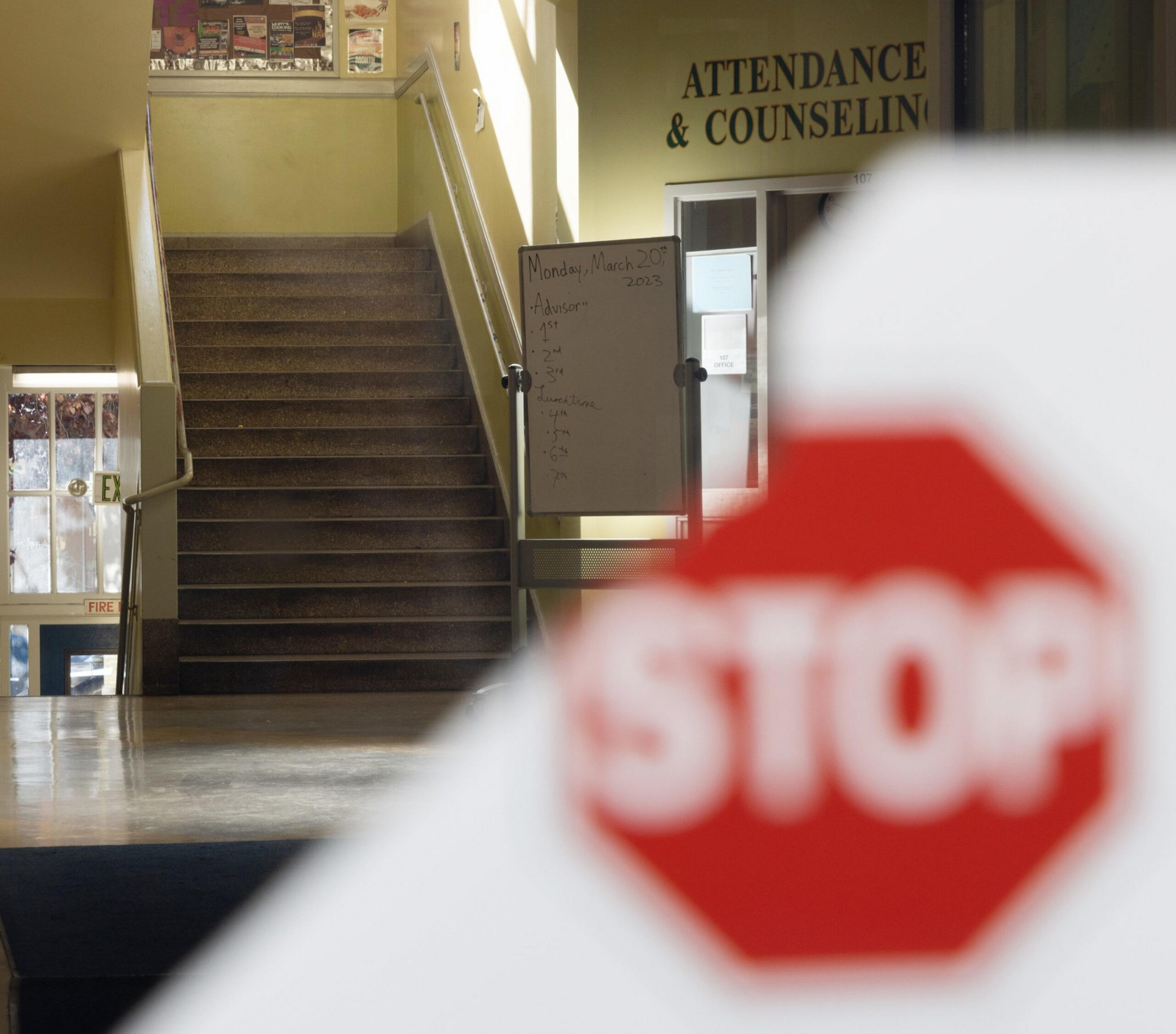
Mental health may be the most important consideration. A February report from the Centers for Disease Control (opens in new tab) found almost one-third of youth seriously considered suicide—an increase from 19% a decade ago. More than half of all teen girls felt persistently sad or hopeless in 2021 and experienced record levels of violence. The report also found that more than half of LGBTQ+ students had recently experienced poor mental health and that 22% of them attempted suicide in the last year.
This has Yoselin Colin, a high schooler from the Mission who sits on San Francisco’s Youth Commission, calling for more counselors and therapists at schools, plus beefing up violence intervention programs. Through it all, she feels the city isn’t making decisions with young people’s involvement.
“There’s just too many students who need those services,” Colin told The Standard. “Counselors don’t have enough time. Include youth voices in the conversation.”

Violence intervention experts, politicians, department heads and students alike said social media is a huge factor in exacerbating violent conflicts. Fights on social media that later turned into physical conflicts on campus already have led a number of middle schools, including Francisco, to lock up phones in Yondr pouches, secure satchels that prevent students from accessing them during instruction time.
Social media engagement also seemed to be key to the spectacle at Stonestown Galleria. As Melgar, who represents the area, noted, security footage showed several teens with phones out, ready to film and post to social media before fights broke out.
“Social media is playing such a crucial role in this uptick in violence,” said Su, the youth department leader, at the April 27 hearing.
Ewan Barker Plummer, a politically active teen who lives in the Sunset and also serves on the Youth Commission, agrees that social media is the catalyst for a lot of the tension and violence—not just causing the incidents themselves but creating a sense of fear among teens.
“The more we see violent images, the more commonplace that becomes, the more I worry that it has an impact on young people,” Barker Plummer told The Standard. “The education system is ill-prepared and always playing catch-up. It’s definitely important and not discussed enough in our schools.”

Some schools are taking notice. In January, Seattle’s public schools were the first to file a suit against social media platforms (opens in new tab) like TikTok, YouTube and Snapchat for worsening overall mental health and the behavioral disorders that make learning more difficult. In March, the San Mateo County Office of Education similarly filed a federal suit against social media companies for expenses the district has incurred responding to the mental health challenges of its students.
Youth Question Bringing Back Police
When confronted with all this, some adults want to bring San Francisco police on campus—and perhaps consider certain technological deterrents.
“At the end of the day, we’re trying to keep people safe,” Corpuz, the founder of United Playaz, said. “It got to the point where now we may need metal detectors. Anything we can do to deter these types of things I think would be beneficial. To me, times have changed—and there’s weapons everywhere.”
Many youth are resistant to the idea of staffing up schools with police. In response to the 2020 Black Lives Matter protests, the San Francisco Unified School District ended its school resource officer program (opens in new tab). The district technically permits metal detectors under school board policy (opens in new tab), but San Francisco has not pursued them while other districts nationwide debate taking the measure (opens in new tab) in the aftermath of school shootings.

By December, SF Unified expects to finish installing locks (opens in new tab) that secure every classroom from the inside in the case of an emergency and is working to update public address systems. Every campus has a safety plan meant to be updated each year.
Colin, the high schooler on the Youth Commission, said she’s heard mixed reports from fellow teens. She said she believed a lot of students would feel uncomfortable with a police presence on campus. She also said policies like forcing students to use transparent backpacks would be an invasion of privacy.
“These typical solutions we jump to might not be the solution at this time,” added Barker Plummer. “We need to be more creative and holistic. More weapons don’t make us safe, especially when it comes to firearms. The best way we can keep our schools safe is keeping weapons out of them.”
Similar dynamics played out in the aftermath of the Santa Rosa stabbing. Parents sought police, while kids sought more mental health services (opens in new tab) and more funding for de-escalation and restorative justice.
Francisco Middle parents and students overwhelmingly sought answers about what consequences transpired for the student accused of stabbing their classmate. Due to student privacy rules, administrators could only say that the expulsion process laid out in the student handbook would apply.
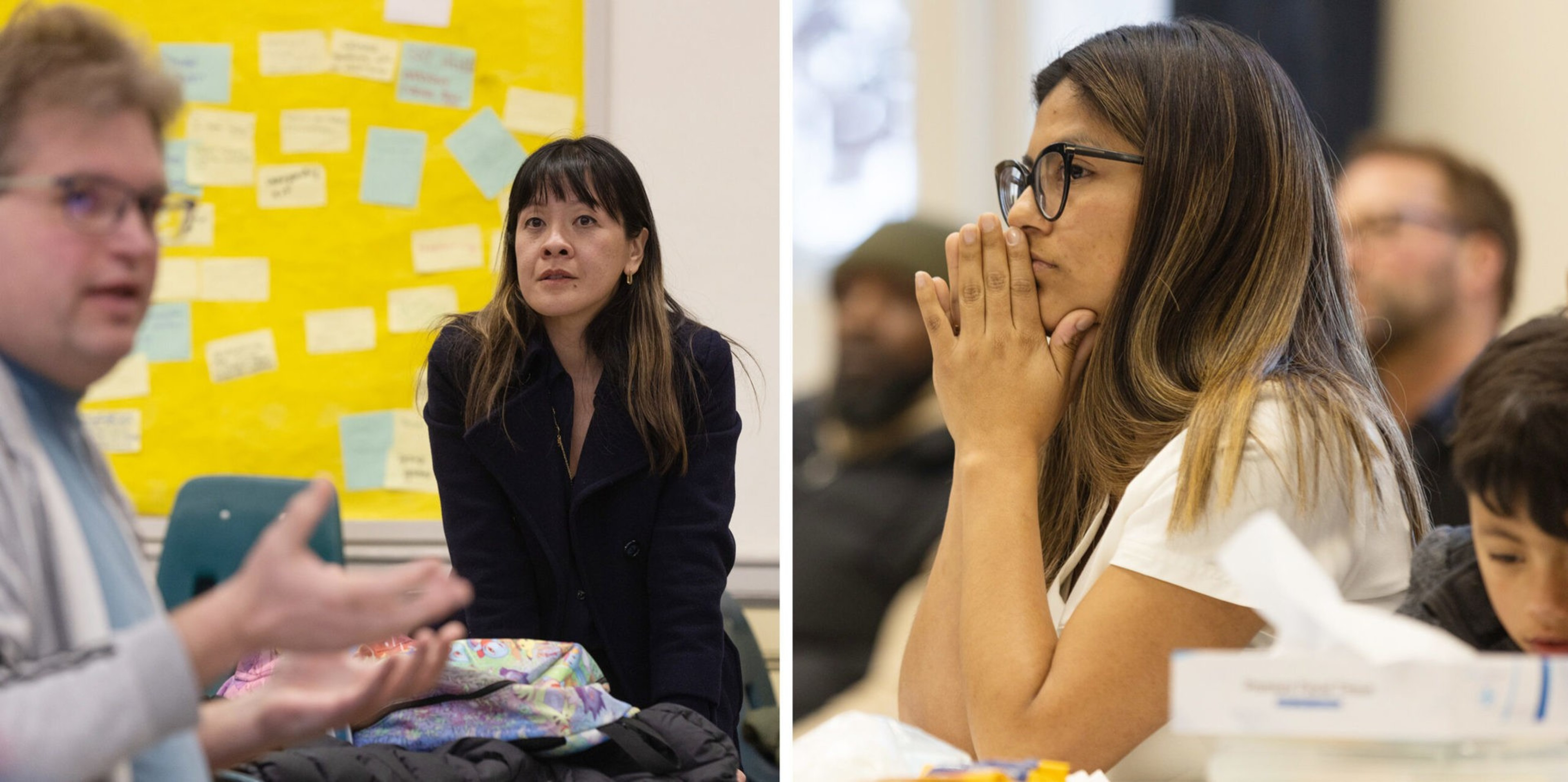
“You feel almost like there’s a lot of gaslighting,” said Charlotte Countee, a Francisco Middle parent and an alumnus of the city’s public schools, regarding administrator response to parental concerns. “You feel like you’re going crazy.”
Countee said she supports restorative justice efforts. But she doesn’t feel like her child’s school is equipped for that and has inconsistently enforced policies.
“My issue is whatever you’re going to do, do it across the board and don’t leave it unaddressed,” she added. “When there’s no justice, there’s street justice.”
The Way Forward
So, what is being done?
In early 2022, the city formed a unit dubbed the “school violence interrupters,” which is made up of mentors of youth trained in conflict mediation (opens in new tab). The group plugs into a school-crisis network with the San Francisco Unified School District and the city, holding weekly meetings to assess students who may be at high risk for behavioral and academic problems. Intervention teams are tapped whenever something happens or a student warns school staff of concerning behavior from a peer.
School officials, intervention workers and community groups serving families then sit down with a high-risk youth and their families for intensive life coaching, mental health referrals and other services.
“We know many of our students and families are dealing with a variety of challenges,” SF Unified Superintendent Matt Wayne said at the City Hall hearing on April 27. “School safety is fundamental for our students’ ability to thrive. We wanna be proactive, not reactive.”
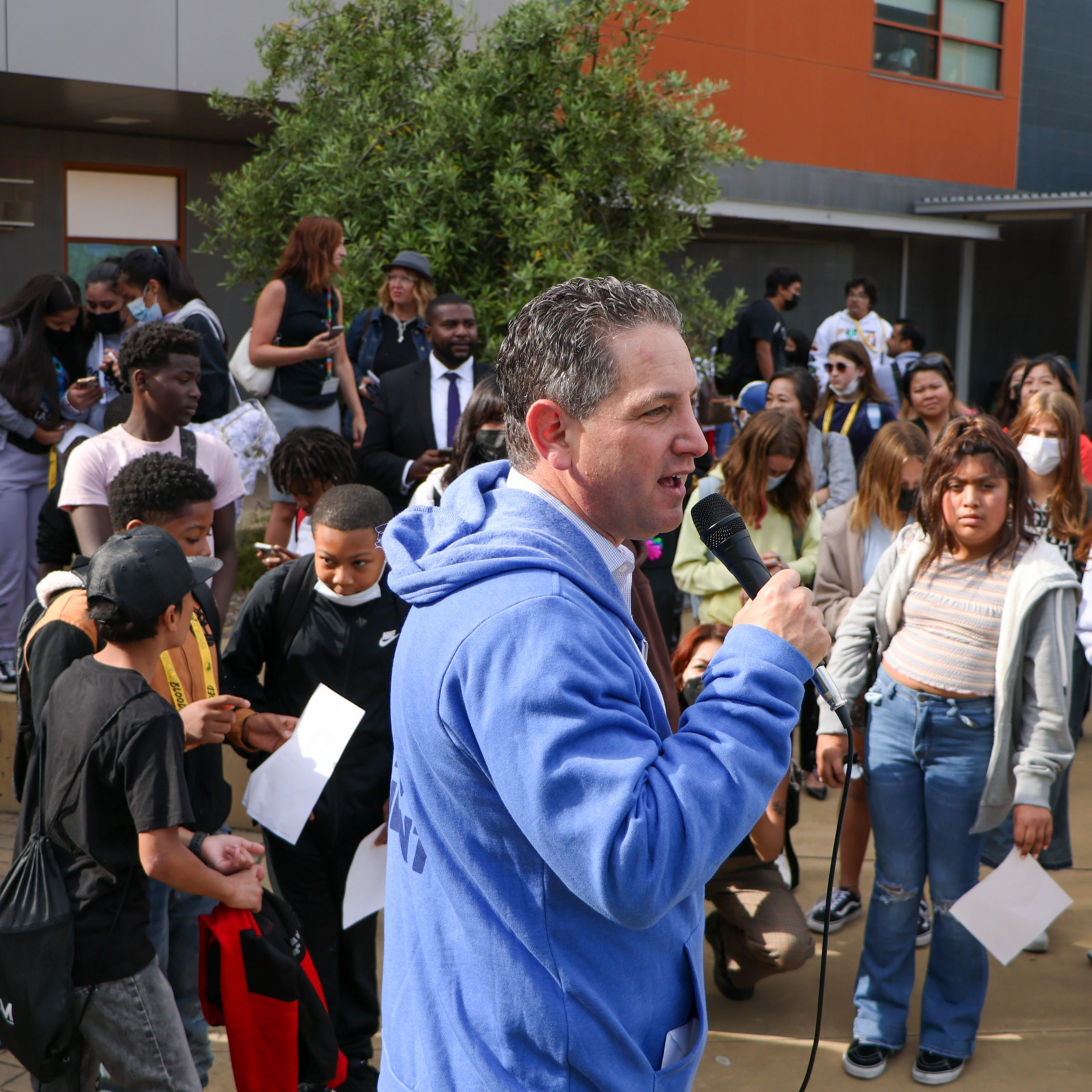
In March, city leaders vowed to ramp up public safety and services for youth. There are now 20 school violence interrupters serving nine high schools and eight middle schools, including Francisco Middle. They are also looking to develop a social media monitoring system, though Youth Commissioners warned a reporting system for teens would be more fruitful.
San Francisco and its school district will soon have millions more to better assist schools in supporting students. Under November 2022’s Proposition G, the city will have up to $60 million annually by 2026, redirected from property taxes. Schools will have to propose how they would use these funds for academic assistance, mental health and other programs to help students and receive grants from the Department of Children, Youth and Their Families.
For the upcoming school year, the new Student Success Fund will have $11 million (opens in new tab) for urgent responses and to staff critical positions.
Schools, however, won’t see that grant money until the 2024-25 school year. To some, the wait is frustrating.
“It’s good and bad,” said Barker Plummer. “It comes from school sites themselves. At the same time, it means you have some bureaucracy with it.”
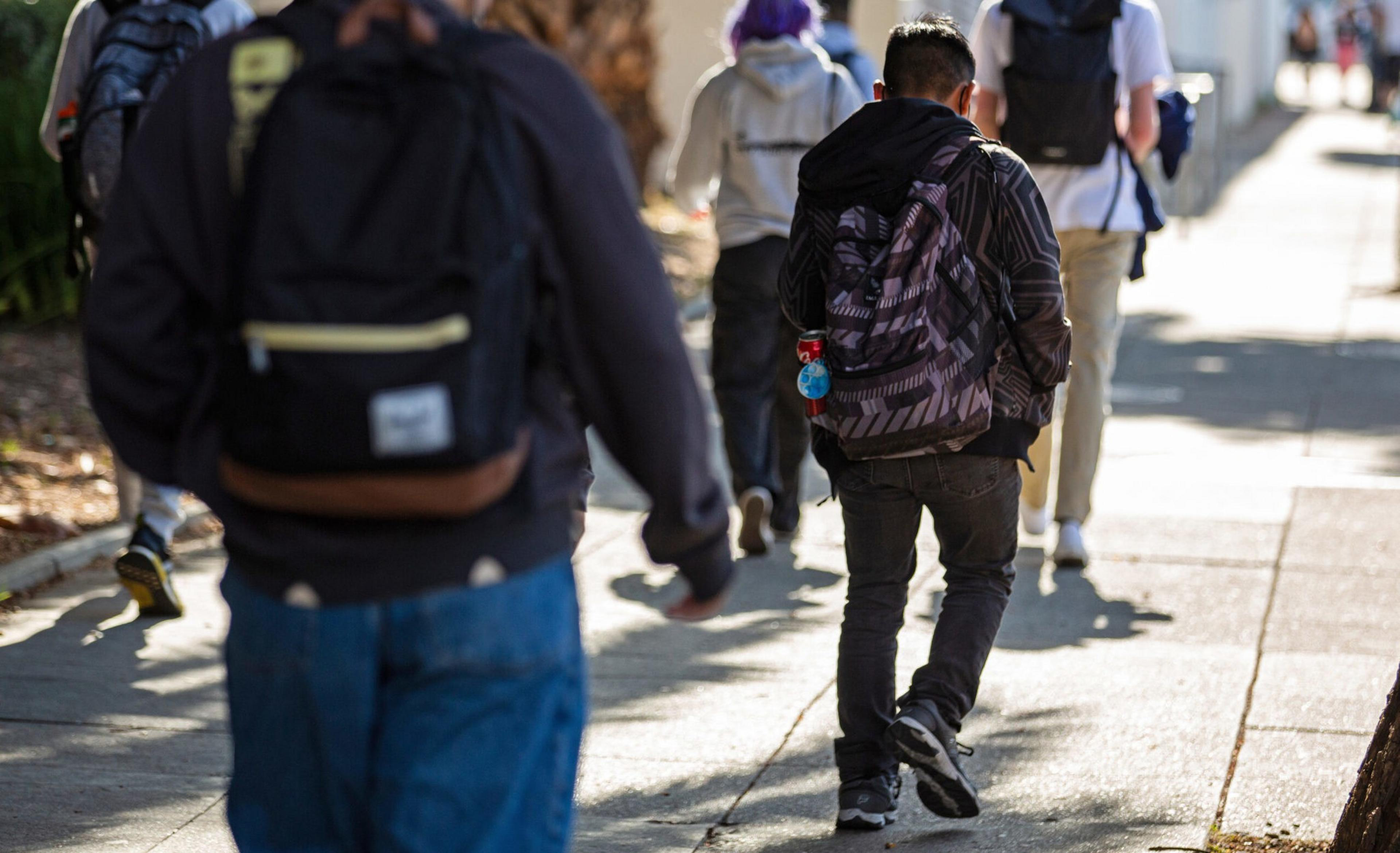
In the meantime, Francisco Middle students are left wondering what has changed. They report frustration about the roundabout discussion of what transpired at the school the day of the stabbing, and about the lack of clarity around how policies around punishments are applied for other conflicts. While they noticed a couple more school security staff and greater efforts to talk about how the episode made them feel, dancing around the specifics has brought more confusion and distrust.
“There hasn’t been much information about what went on,” the eighth grader at Francisco Middle said. “It would be good if they did address it, even if it’s just at the end of the year. I was really confused in how they dealt with it.”
